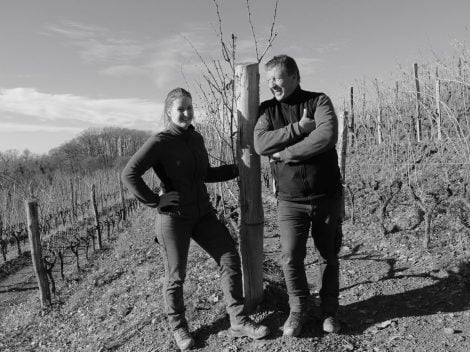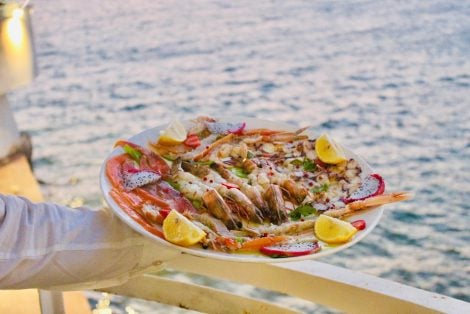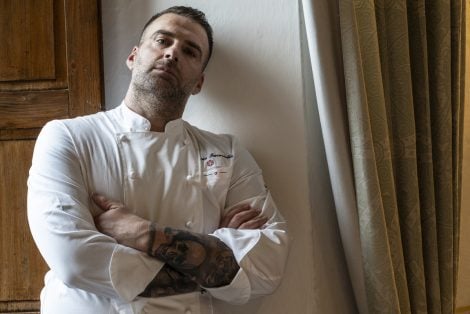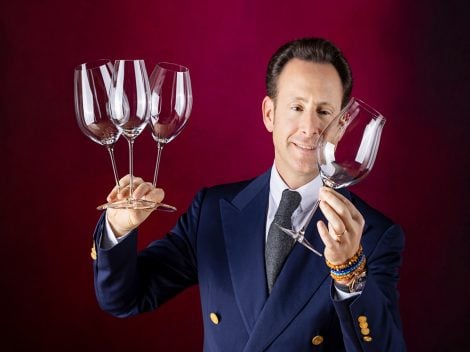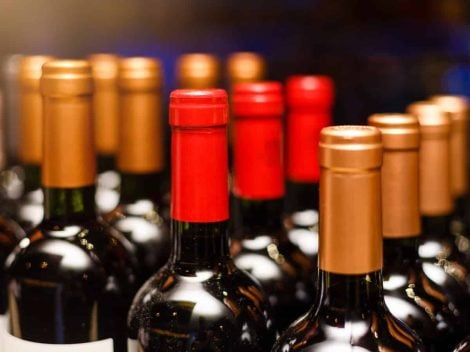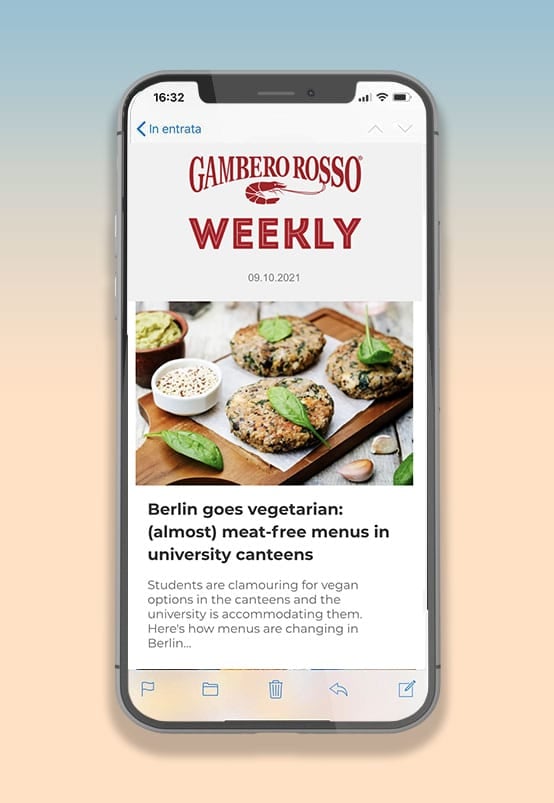It is one of the most versatile and dynamic expressions of Sangiovese in the Tuscan landscape, and its role as a second vin has now become a bit limiting. Rosso di Montalcino was established as a designation in 1983 with the aim of offering a high-quality wine capable of expressing the Montalcino terroir, but with characteristics that are more approachable and ready-to-drink compared to the more austere and age-worthy Brunello di Montalcino.
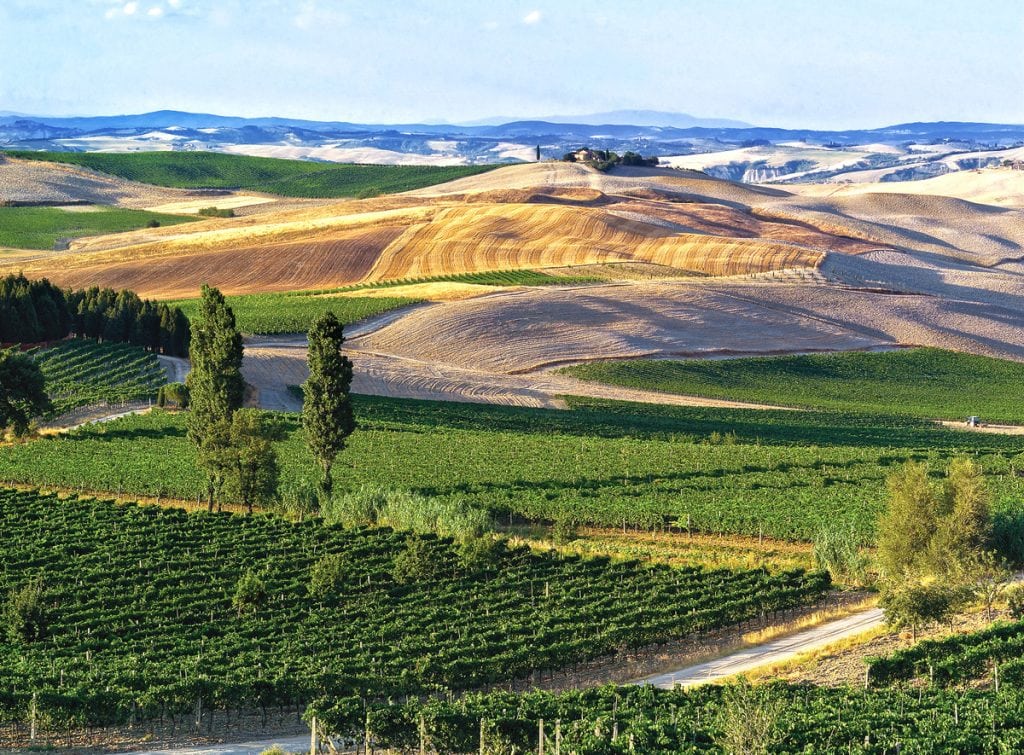
In essence, it institutionalised a cellar practice that had already existed for some time: vinifying a less structured and earlier-drinking Sangiovese to sell before the Brunello, primarily to meet cash flow needs, given the long ageing period required for the latter. Today, for many enthusiasts, it’s a deliberate choice—Rosso di Montalcino offers genuine emotion without needing long ageing.
Rosso di Montalcino: designation and production characteristics
Rosso di Montalcino is governed by a specific set of regulations that protect its identity. It must be produced exclusively within the municipality of Montalcino, in the province of Siena, and vinified 100% from Sangiovese grapes, locally known as Brunello or Sangiovese Grosso. Vinification is lighter than that for Brunello: there are no minimum ageing requirements in oak, although many producers still choose to let the wine rest in oak barrels for a few months to soften its tannic edges. It can be released to market from 1st September of the year following the harvest, making it a generally more approachable, fresh and enjoyable wine—though not lacking in complexity.
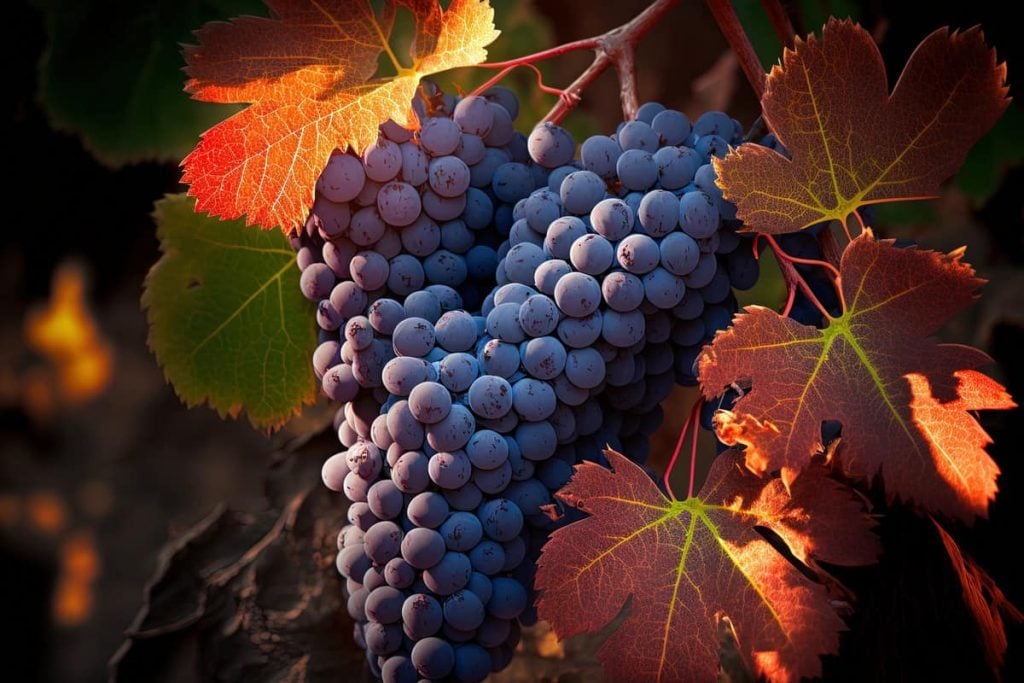
Rosso vs Brunello: two souls of the same land
Rosso di Montalcino shares its raw material and territory with Brunello, but differs in purpose, stylistic approach, and ageing potential. Brunello di Montalcino requires at least five years of ageing (of which at least two must be in wood) before being sold, and aims for decades-long longevity. In contrast, Rosso is designed for more immediate consumption, maintaining a solid structure but paired with freshness, liveliness, and crisp fruit.
Many producers use Rosso as a “second wine,” vinifying separately the grapes from younger vines, less suitable soils, or parcels designated for lower extraction. However, this vision was more common a few decades ago. In recent years, interest in this designation has grown, with more and more wineries dedicating specific care to it, including in terms of selection and vinification, creating Rosso di Montalcino wines of surprising complexity and ageing potential.
The territory: Montalcino and its geodiversity
The municipality of Montalcino spans approximately 24,000 hectares, but only a small portion—just under 3,500 hectares—is under vine. Altitudes range from 120 to 650 metres above sea level, and soils vary from galestro to calcareous marl, from clay to marine sediments. This geological heterogeneity, combined with diverse exposures and a generally dry, well-ventilated climate, allows for a great variety in the expression of Sangiovese.
Rosso di Montalcino, due to its lower ageing demands, becomes an excellent indicator of the territory’s annual characteristics: each vintage offers a direct snapshot of the year, faithfully reflecting both the weather and the winemaker’s hand.
Production: figures and trends
In recent years, Rosso has attracted growing attention in international markets, especially in North America and Europe, where it is appreciated as a more accessible—both economically and organoleptically—alternative to Brunello. This has prompted some producers to invest in high-profile Rosso labels that can compete with the best Sangiovese wines of Tuscany.
Moreover, for over twenty years now, Rosso di Montalcino has become fertile ground for experimenting with new winemaking techniques (such as fermentations in concrete vats, ageing in amphorae or less invasive woods) and more personal interpretations of Sangiovese. Paradoxically, this has made Rosso offer greater stylistic variety today than Brunello, whose regulations and market demand greater uniformity.

The Rosso di Montalcino wines with the best quality-price ratio
Back to pricing: the following list shows how even in Montalcino you can enjoy great wines at wallet-friendly prices. Here you’ll find the best Rosso di Montalcino wines reviewed in the Berebene 2025 and Vini d’Italia 2025 guides by Gambero Rosso, all priced under 20 euros in wine shops and online.
The bouquet of Podere Martoccia’s Rosso di Montalcino ’22 is intense and refined, with beautiful notes of tobacco combined with cherry and enriched by complex hints of camphor. On the palate, it’s full, savoury and fleshy, with dense, structured tannins and a wonderfully persistent finish.
Luca Brunelli’s winery has around ten hectares of vineyards evenly divided between the southwest and northwest slopes of Montalcino, recently joined by four additional hectares in the Montecucco area.
Agostina Pieri’s Rosso ’22 shows enticing aromas of fresh red fruits, Mediterranean scrub, and spices, well-balanced on the palate between tannins and fruit. The estate was founded in 1991 with just three hectares of vineyard in Piancornello, one of the best-known areas on the southern side of the appellation. Today, the ten hectares are divided into five plots and the business remains deeply family-oriented: Agostina is now joined by her sons—Jacopo in the vineyard and Francesco in the cellar.
The Rosso ’22 from Collelceto Elia Palazzesi has good persistence and aromatic complexity, opening with notes of fresh red fruits, pomegranate, wilted rose, and wild shrubs like oleaster. Savoury and vibrant, it returns a burst of fruit in the glass, with a rich and satisfying finish.
The Collelceto farm, owned by the Palazzesi family since the 19th century, is located on the far southwestern edge of the denomination, at the foot of the Montalcino hill, near the Ombrone river. It spans over 100 hectares, where cereals and olives are also cultivated organically. The ten hectares of vineyards are protected and oxygenated by surrounding woods, situated between 150 and 180 metres altitude on clay-rich soils with gravel and sand.
Leonardo da Vinci is an interesting Tuscan winery that is part of the Caviro group. The 2022 vintage of Rosso di Montalcino stands out for its excellent value for money.
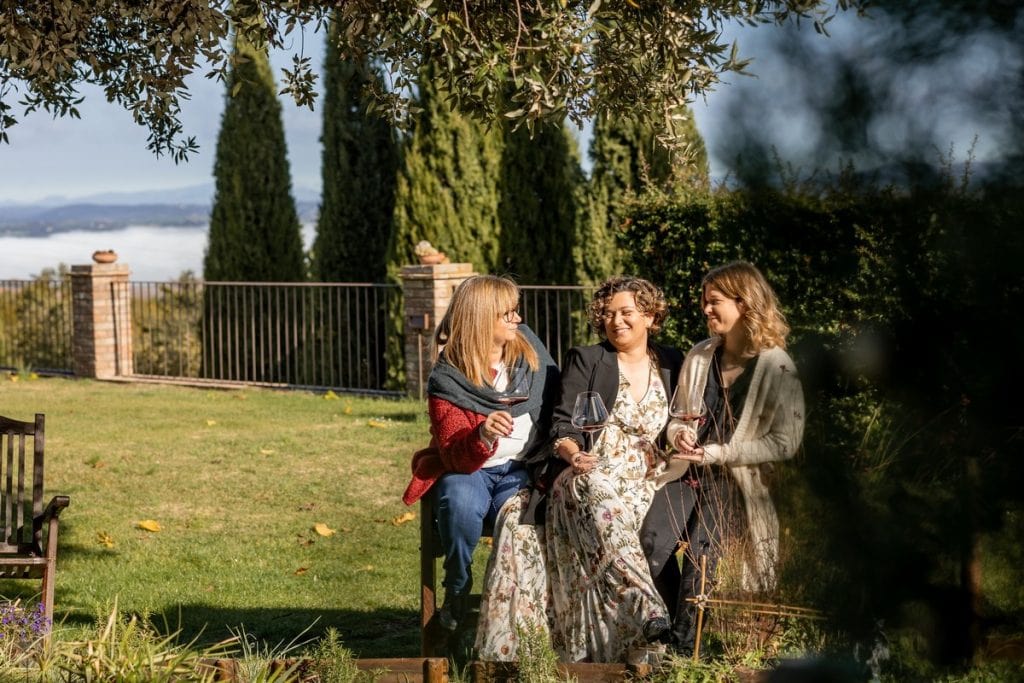
photo www.facebook.com/cantinapatriziacencioni/
Patrizia Cencioni is the granddaughter of a winemaking pioneer. Her grandfather Giuseppe was one of the 25 founders of the Brunello consortium. She worked alongside him in the vineyard and the cellar from a young age. Naturally, after this solid apprenticeship, she founded her own estate in 1989, on a family property on the southeast slope of Montalcino, not far from the town. Today, her daughters Arianna and Annalisa work with her—passionate and determined to follow in their mother’s footsteps. The 2022 Rosso is noted for its excellent quality-to-price ratio.
Enticing notes of ripe red fruit on the nose for the Rosso di Montalcino ’22 from Tenuta Col d’Orcia, with a lovely backdrop of wild herbs and tobacco lending finesse. On the palate, it shows great character with fresh balsamic aromas refreshing the juicy fruit, savoury and with a beautiful, persistent finish.
The grand estate of the Marone Cinzano counts is located in the southern part of Montalcino, where—despite an altitude of 450 metres—the winters are never too harsh, and in summer the breezes coming from the Maremma temper the peaks of heat.
It was in the late 1970s that Harald Schwarz, a South Tyrolean on holiday in Montalcino, fell in love with a small farm—formerly a coaching inn—called La Màgia, which he purchased and moved into with his entire family. Today, the estate is in the hands of his son Fabian, a graduate of the oenology school in San Michele all’Adige, who personally manages the cellar and the 15 hectares of vineyard, all planted with Sangiovese for Brunello. Here, we highlight the Rosso di Montalcino 2022 for its excellent quality-to-price ratio.

photo www.facebook.com/PoggioDiSotto/?locale=it_IT
Founded in 1989 by Piero Palmucci, Poggio di Sotto became part of the Colle Massari group, owned by the Tipa-Bertarelli family, in 2011. This iconic Montalcino estate boasts 16 hectares of Brunello vineyards on the south-eastern slopes of the denomination, all cultivated organically. Recently, the group also acquired the adjacent Tenuta San Giorgio, also within the Montalcino area.
Once again this year, the estate’s production shines for its ability to marry the expressive nature of Sangiovese with the identity of the territory.
Here, we recommend the Rosso di Montalcino Ciampoleto San Giorgio 2022 for its great value for money.
Rosso di Montalcino Ciampoleto San Giorgio 2022 – Poggio di Sotto
The Fanti family—father Filippo and daughter Elisa—are among those who have invested most in the Montalcino area in recent years. It was Filippo who, in the 1980s, transformed the 19th-century family farm into a winery. The cellar and vineyards are located on the south-eastern slope of the Montalcino hill, alongside a very elegant wine resort overlooking the Abbey of Sant’Antimo.
The estate consistently produces high-quality wines that are sunny and well represent one of the best-exposed zones in the denomination.
Here, we recommend the Rosso di Montalcino 2021 for its excellent value.
The Sesta area has always been considered among the most suited terroirs of the southern quadrant of Montalcino—a south-facing hill where vineyards rise from 200 to 400 metres above sea level. In the warmer months, cool breezes from the Tyrrhenian Sea widen the day-night temperature gap, allowing the vines—if properly pruned—to breathe.
Here, since 1966, the Ciacci family has been producing Sangiovese-based wines that are intense, varietal, rich in fruit, yet with refined elegance.
Here, we highlight the Rosso di Montalcino 2022 for its excellent quality-price ratio.
Caprili, the grand estate of the Bartolomei family, extends over 60 hectares, of which about 20 are planted with Sangiovese Grosso, divided into six different plots. The six vineyards—Ceppo Nero, Vigna Madre, Testucchiaia, Quadrucci, del Pino and Palazzetto—are vinified separately and aged individually in large casks for a long period before being blended.
Here, we recommend the Rosso di Montalcino 2022 for its excellent price-to-quality ratio.
The Rosso di Montalcino ’22 from Casisano has an intense nose that opens with ripe red fruit notes, balsamic hints and iron. The palate is elegant, with lovely fruit flesh, silky tannins and a long, spicy finish.
This Montalcino winery, owned by the Tommasi family, is located near Sant’Angelo in Colle at almost 500 metres altitude, where it benefits from 22 hectares of Sangiovese vines destined for Brunello.
The Rosso di Montalcino ’22 fromCamigliano presents with clear aromas of fresh red fruit, underbrush, wild mint and tobacco. It’s inviting and highly approachable on the palate, not overly full-bodied but delightfully fresh, with crisp fruit and good length on the finish.
The large Camigliano estate, run by Gualtiero Ghezzi together with his daughters Isabella and Silvia, spans more than 500 hectares, with about 100 under vine.
The Rosso di Montalcino ’22 from Cantina di Montalcino, dedicated to Lorenzo Melani, has a lovely youthful and elegant style. It’s intensely fruity, enriched by hints of liquorice, wild herbs and forest floor. On the palate, it is fresh and well-structured, with a long, savoury, and vibrant finish. Cantina di Montalcino, now owned by the Prosit Group, was the only cooperative winery in the Brunello denomination. Even today, it comprises around fifty contributing estates for a total of 90 hectares.


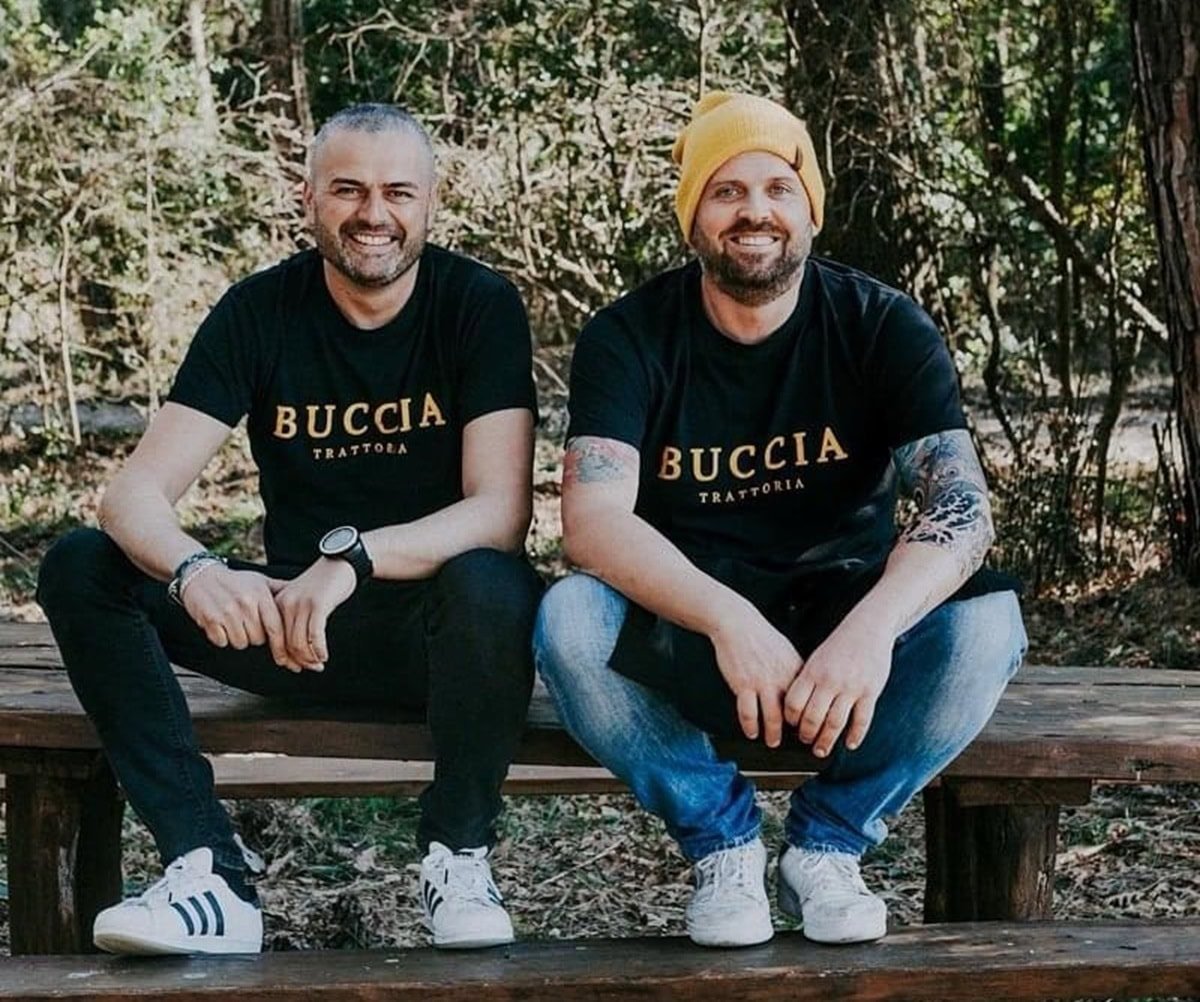 One of Lazio’s best trattorias opens a bakery and a seafood restaurant: here are Buccia’s new projects
One of Lazio’s best trattorias opens a bakery and a seafood restaurant: here are Buccia’s new projects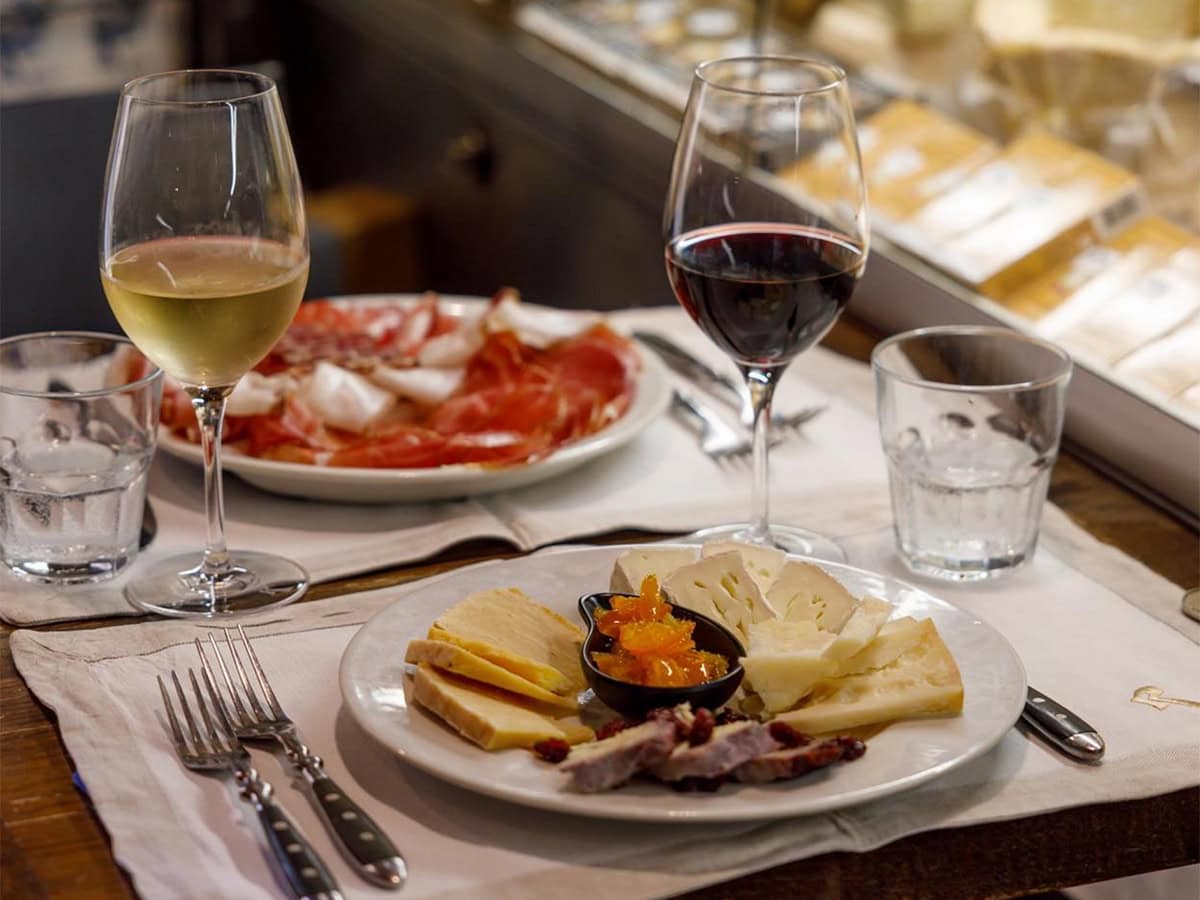 Where to drink in Rome: the best Wine Bars with food selected by Gambero Rosso
Where to drink in Rome: the best Wine Bars with food selected by Gambero Rosso The Consorzio dei Vignaioli del Lazio is born. This is how artisan producers challenge the agro-industrial model
The Consorzio dei Vignaioli del Lazio is born. This is how artisan producers challenge the agro-industrial model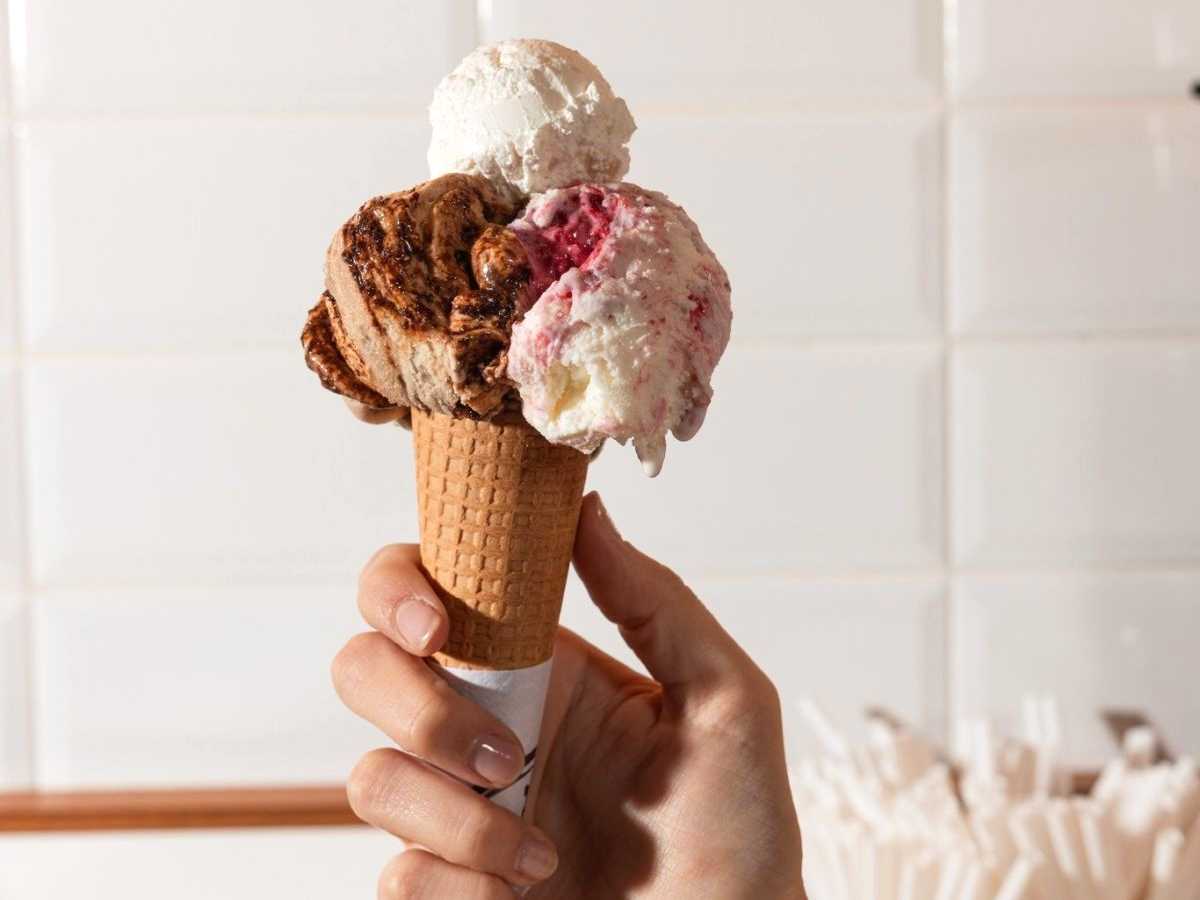 Where to eat gelato in Milan: the best spots
Where to eat gelato in Milan: the best spots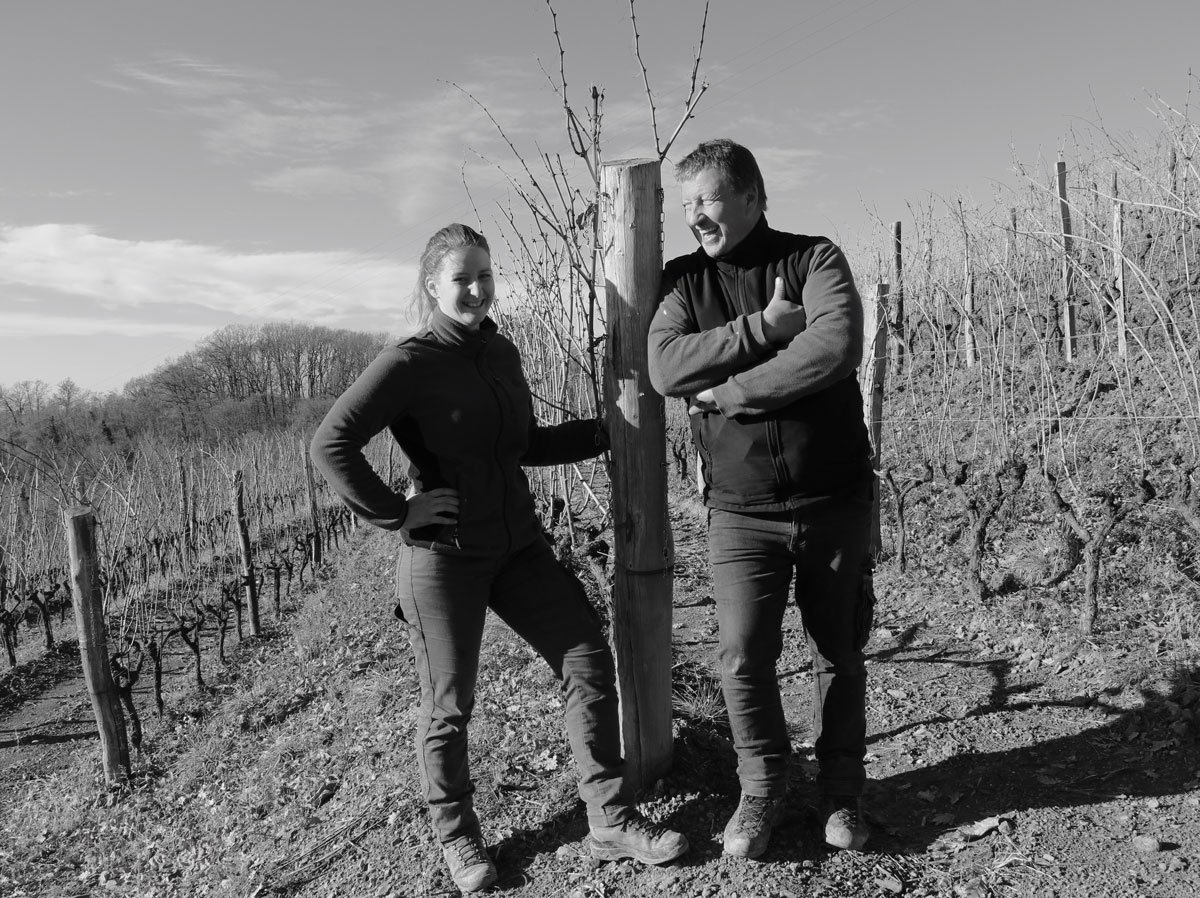 "I never thought wine was natural — it's the biggest nonsense I've ever heard." Interview with Damjan Podversic
"I never thought wine was natural — it's the biggest nonsense I've ever heard." Interview with Damjan Podversic
